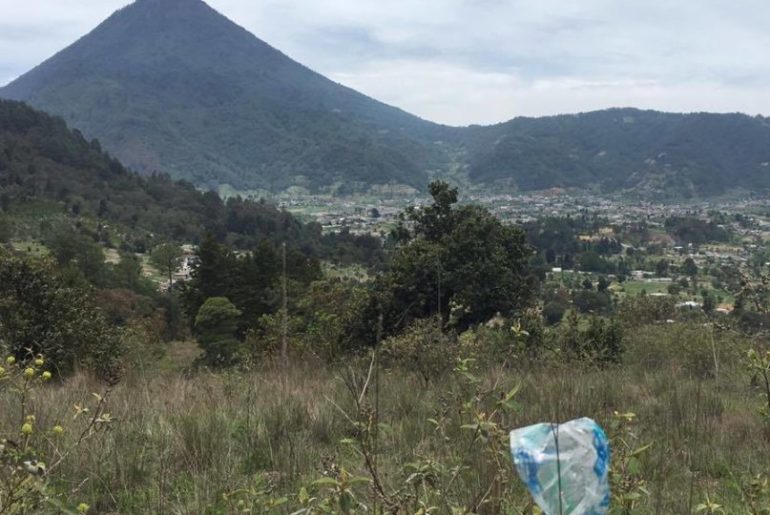QUETZALTENANGO – COP25, the 25th edition of the yearly United Nations Climate Change Summit, was originally planned to be held in Chile, but the country’s President recently announced that the host is cancelling the event because of recent unrest in the country. Protests throughout the country continue after they were triggered by a subway fare increase in early October. The COP25 Movement will now take place December 2 – 13 in Madrid, Spain. These changes in climate meetings come around the same time as the United States officially prepares to withdraw from the Paris Climate Agreement.
COP25, the 25th edition of the yearly United Nations Climate Change Summit, was originally planned to be held in Chile. However, in early October, protests broke out throughout the country, triggered by a subway fare increase. The protests, which triggered a state of emergency in Chile, still continue and have escalated. As a result, at the end of October President Sebastián Piñera announced that because of the unrest in the country, Chile would be cancelling the event. COP25 will now take place December 2 – 13 in Madrid, Spain. These changes in climate meetings come around the same time as the United States officially prepares to withdraw from the Paris Climate Agreement.
“The U.S. is proud of our record as a world leader in reducing all emissions, fostering resilience, growing our economy, and ensuring energy for our citizens. Our is a realistic and pragmatic model.” The US Secretary of State, Michael Pompeo, said in a tweet last week as he announced the plan.
As the US government officially begins to pull away, other movements only grow larger and stronger to fight climate change around the world. Some recent key movements include Friday for Future, laws that ban plastic, and the growing efforts to promote “green” diets.
“The U.S. is proud of our record as a world leader in reducing all emissions, fostering resilience, growing our economy, and ensuring energy for our citizens. Ours is a realistic and pragmatic model.” The US Secretary of State, Michael Pompeo, said in a tweet last week as he announced the plan.
As the US government pulls away, other movements only grow larger and stronger to fight climate change around the world. Some recent key movements include Friday for Future, laws that ban plastic, and the growing efforts to promote “green” diets.
Fridays For Future
Fridays For Future is a growing movement of school children protesting school on Fridays to shed light on the global climate crisis. The movement was started by the Swedish teenage activist, Greta Thunberg.
Banning Plastic
This year, Guatemala announced that its plans to ban single use plastic in the next two-years. The hope is to get rid of the abundance of plastic cutlery, bags, and other items that end up littering the Guatemalan country-side. Other countries have also banned, or are planning to ban, various plastic products that contain plastic (such as Scotland’s new ban on plastic cotton buds).
Changing Diets
November is National Vegan Month. As it becomes more clear that eating meat and raising livestock has a significant impact on greenhouse gas emissions and climate change, the popularity of switching to a vegan diet continues to rise. Raising livestock contributes to 15% of global greenhouse gas emissions, almost 30% of earth’s surface is used for livestock grazing, and to make just one pound of beef requires almost 2,000 gallons of water. With the growing attention surrounding the harm that eating meat causes, there is a growing push for more ‘environmentally friendly’ diets, such as eating locally, and vegan diets are a part of this movement. Even IKEA, the Swedish furniture store is getting in on the trend. They launched a National Vegan Month campaign where members of IKEA in the UK can purchase vegan meals and drinks from their cafeteria.

